I get confused sometimes.
I lose sight of what’s important, facing the never-ending onslaught of the 21st Century Hustle.
It happens.
Lately, I find myself in a Twilight-zone-ish reality, where I’m respected and lauded online, or when I leave town, but am treated like a sham here at home. (Where I’m attempting to reform the Art Department at UNM-Taos.)
As this week’s big interview with Trevor Paglen attests, Art leaves the door wide open. It’s all things to all people. If we call it Art, it’s Art. For him, that means surveilling the surveillance machine. For me, it might mean shopping for things to photograph, and then photographing them.
But here in Taos, for the last 50 years, (with a few exceptions, like Dennis Hopper, Agnes Martin, Larry Bell and Ken Price,) Art means looking at something pretty, and making a pretty painting of a pretty thing. Or, just as often, making an attractive abstraction that means nothing whatsoever. Beauty, or one might even say decoration, is its only reason for being.
Why? is a question never asked, because the answer is always, because I wanted to. Because I enjoy plein-air painting. You’re outside. The mountain is pretty. That’s that.
So the idea that Art should mean something, that it can critique society and provoke thought, that it might have a purpose beyond distraction, is a challenging one. It questions the validity of the accepted practice. (Nobody ever made friends by speaking truth to power. You might win a MacArthur Genius grant, a la David Simon, but you won’t become Homecoming Queen.)
Why am I on about this? Well, this column is something of a weekly diary. And my regular readers know there is always a “point” just round the bend, so let’s get there.
When I was in Chicago in late September, I had the opportunity to recharge my creative batteries in the one way that can’t be replicated via the Internet: I got to stand in the presence of some of the best Art being made today.
If you don’t get that feeling from time to time, you forget it exists. Without a regular dose, you become self-conscious about why you’ve devoted your adult life to a practice that many deem superfluous. (STEM, STEM, STEM these days.)
At the Art Institute of Chicago, on a balmy Sunday afternoon, just before the Museum was about to close, I was reminded why Art matters. As this is traditionally a photography blog, I’ll give a shout out here to the Deana Lawson photo show they’ve got up, which was genuinely excellent.
But my psyche was body slammed- Lucha Libre style- by the “Charles Ray: Sculpture 1997-2014” exhibition. In my first draft, I strongly recommended you fly, drive, or train your way to Chicago, ASAMFP, but I now know it sadly closed on October 4th.
Mr. Ray makes sculptures that are in obvious conversation with the past, present, and future all at the same time. His figurative sculptures, in particular, are modeled off the Classical Greek and Roman riffs on humanity that take up many a square foot in the “Best Museums in the World.”
What we know of the past, we often know from Art. Stone lasts longer than paper, or papyrus, or whatever lambskin people were scratching on 3000 years ago. We read into those faces, and postures, what society valued then. We imagine a chisel hacking endlessly to give us an object that wind, rain, and time have worn down to what we see before us.
Charles Ray, working with a team in the 21st Century, makes figures out of machine-milled stainless steel. They are shiny and sleek, like a sexy robots circa 2432. They’re alluring, with their gleaming texture, and impossible manipulation of form, because metal shouldn’t look like this. (And will likely last forever.)
Some are painted white, and those are great too, but the silvery humans, rendered permanent like gods, took my breath away. That the AIC gives you 3 sculptures in a gallery as long as an American Football field, with ceilings as high as Seth Rogen on an average day, makes the experience that much more luxurious.
I missed that feeling of exaltation at being human. The pride at knowing such things exist in the world, and that future societies will judge us on them.
I had 1.5 hours of downtime in my entire near-week in Chicago, and with a walk to the museum and back, that left me 45 minutes to look. To think. To walk in circles, and realize how far I’d have to go to ever be NEAR the best in the world at what I do.
Will I ever get there? It’s unlikely, but impossible to know.
What about you? Do you want to grow? To challenge yourself? To emulate the immortals living on a Mountain somewhere, communicating with ghosts in togas, and yet-to-be-born phantasms in space-ships, who dream of sculptures in hyper-sleep?
It’s not my job to tell you how to aspire. And frankly, I’m learning that some people don’t want to imbue their Art with deep meaning. To contemplate, to fret, and to struggle. I suppose that’s OK. (Though I’d be a lot happier if at least they were nice to me.)
Now is probably the right moment to pivot back to photography. In particular, the rest of the best work I saw at the Filter Photo Festival in Chicago. As usual, these artists are in no particular order. That they are featured in the 3rd, and final piece, does not mean I like them least.
I hope you enjoy. We’ll be back to the book reviews soon enough.
Barbara Karant wrote to me this Summer, as she was sad we hadn’t met at Review Santa Fe. She suspected I’d like her work, and she’s absolutely right. (We’re actually installing a Pop Up exhibition of prints in the Art Building at UNM-Taos next week.)
Barbara teaches at Columbia College, in Chicago, and the institution recently purchased the former home of the African-American-owned Johnson Media Inc, the publisher of Ebony and Jet magazines. (They downsized.) Columbia bought the building, but they don’t have the funds to re-furbish it yet, so it sits alone in its funkadelic wonderfulness.
As you can see, the interiors evoke the mix of 70’s modernism, and the can-you-dig-it style we all remember. (Yes, my folks had shag carpet when I was born in ’74. I think it was orange.) I love these pictures so much, and they resonate more deeply, given the Nat Geo layoffs that were announced this very week.
Ileana Doble Hernandez is a Mexican photographer living in Massachusetts. I forgot to ask her how she handled the Winter from Hell last year. I’m guessing she was no fan, and nor were her pets. Ileana told me that in Mexico, pets always live outside.
When she got to the US, she learned that house pets lived indoors, so she adopted the local custom. These photos examine what that new life is like, and they do it with the humor and baroque absurdity that is familiar to people who know Mexico. Ridiculous stuff.
Richard Alan Cohen was among the first people I reviewed at Filter. He’s looking at commercialism, and the fetishization of the female form, by photographing window displays in shopping districts around the world. The use of reflections and the Magritte-Hat-photo make the Surrealist references a little-heavy handed. But the pictures are cool, and I liked that some were constructions, but I couldn’t figure out where the seams lived.
Paul Matzner had a project that I found cheeky and subversive, though he hadn’t thought about it like that. He photographs random strangers on the street, in various cities. Paul gets right up in their grill, and then clicks the shutter. Nothing new there. (Though the photos are very well made.)
What’s interesting is that he hands them a card, and tells them to contact him if they want a print. Almost no one does. So he never knows their name, or anything about them. He hangs out with people for a minute or two, and they’re gone forever.
So much photography aims to tells us more about a person than a picture really can. (Hence the captions.) Photography tries to seduce us into wanting to know more; to care about someone’s backstory.
Paul is doing the opposite of that. You may be curious, but answering questions is impossible here. These really are strangers, giving us 1/500 of a second of their lives. And it has to be enough.
Marina Font is based in Miami, and showed me the typology project below. She based the work on a broken scale that she came across, and then “weighed” objects from her life that matter to her. Of course, the value provided by the scale is false, and that’s a fun idea.
But it also hints at obsolescence. TVs. Books. Records. All piled up, and waiting to be judged by a scale that can no longer do the one job for which it was invented.
I’d seen Adam Reynolds work briefly in an exhibition at the Center for Contemporary Arts in Santa Fe. I remembered it being antiseptic, these photographs made in bomb shelters in Israel. Seemed a random subject for an American.
But Adam, who recently got an MFA at Indiana University, lived in Israel for years as a journalist. He even speaks Hebrew. (Which is more than this American Jew can do.)
We discussed the way in which some photos had a visceral quality that hinted at menace, death, and destruction, while others seemed more straight. He thought they were caught in the middle of a battle between the journalistic aesthetic, and the fine art style. (I agreed.) So we talked about how he might resolve that going forward, or if he even had to? Regardless, it’s a fascinating project, as certain societies are forced to live in a state of perpetual war.
Finally, yes finally, we have Axelle Horstmann. She’s a French photographer based in Chicago, and she asked me to look at her work during the portfolio walk. I thought some of it was promising, and then we re-connected after she came to my lecture that Sunday. As such, I looked at her website, and found these photos made in Marktown, Indiana, a polluted enclave not far from Chicago.
Apparently, the oil company BP has been trying to buy up the town, as it’s already so toxified from all the refineries in the area. Just a grim place to live, and even then, people are fighting to stay, because it’s home. I thought the pictures were intriguing, so I offered to show them. I’ve since learned that Marktown is a mainstay on the Chicago photojournalistic tour, so you may have seen this place before.
If you’ve made it to the end of this, the last piece about the best work I saw in Chicago, you have my gratitude. Hope you enjoyed the series, and we’ll move on to our regular programming next week.
Adios.

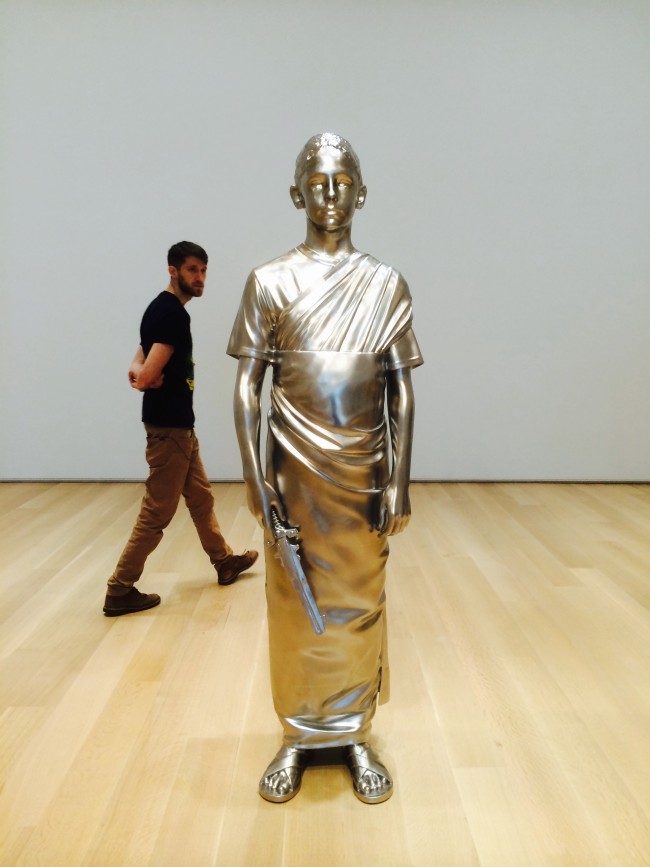

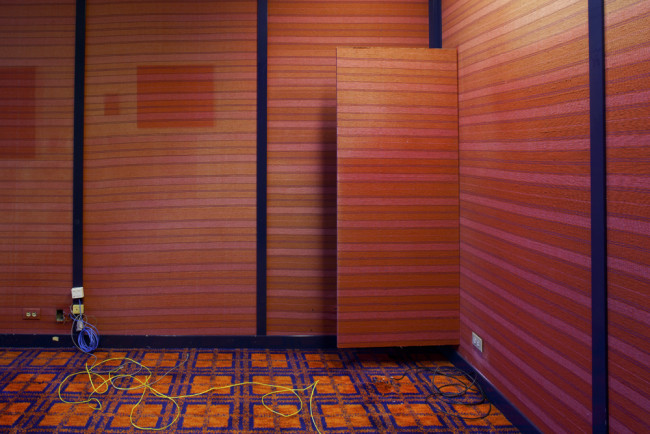

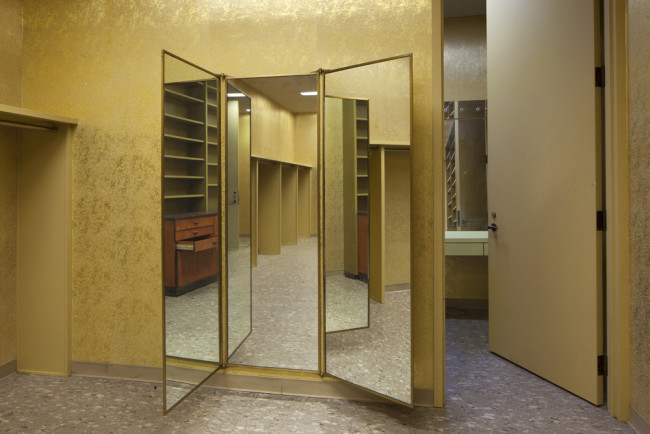
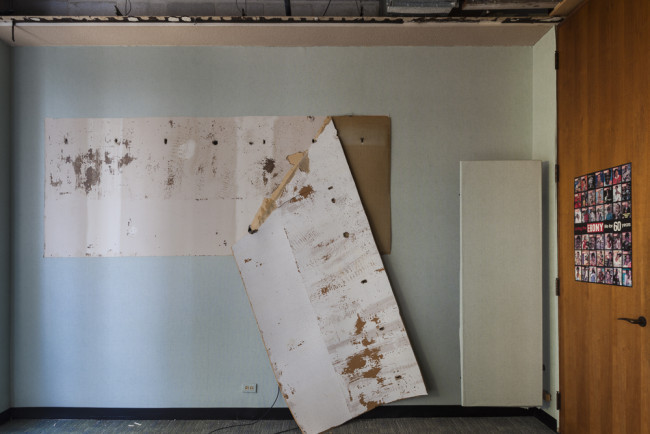
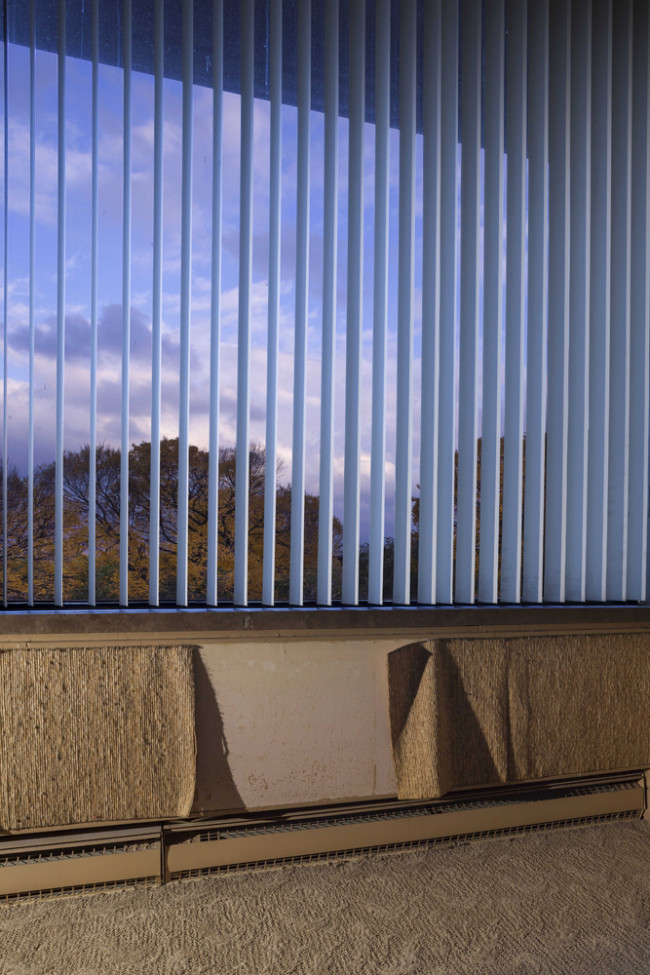
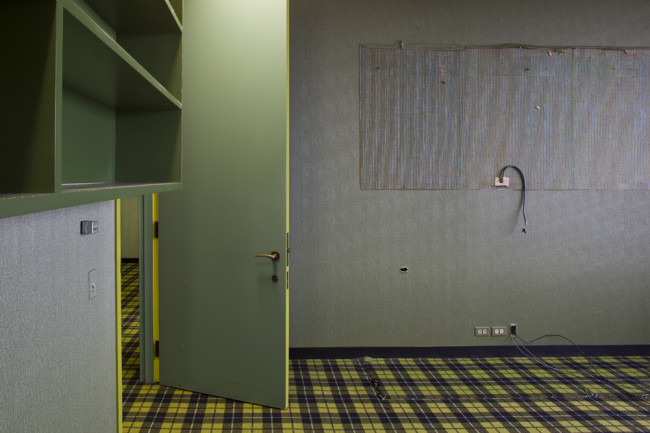
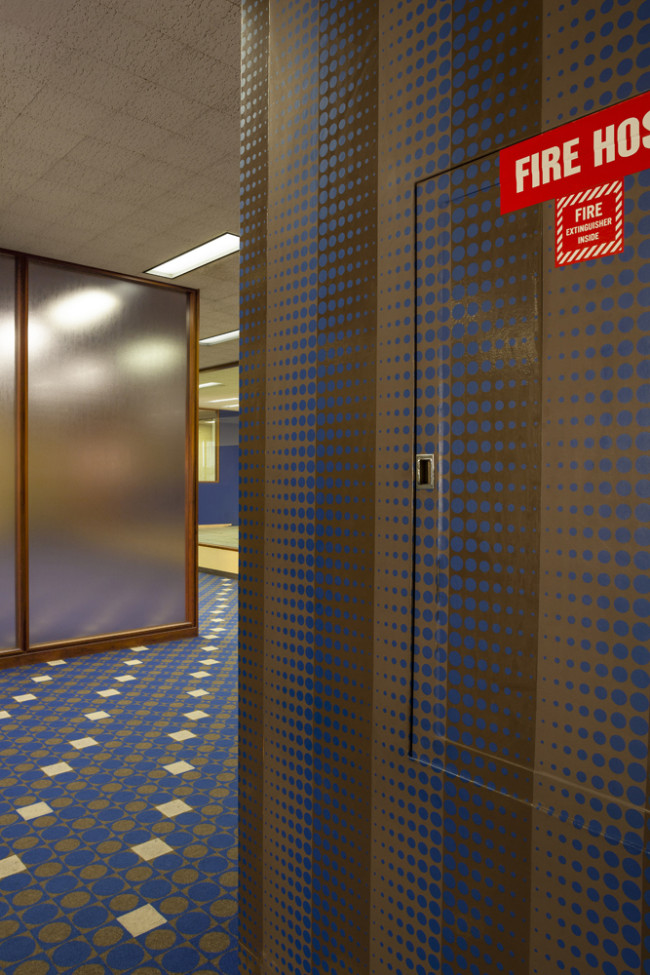


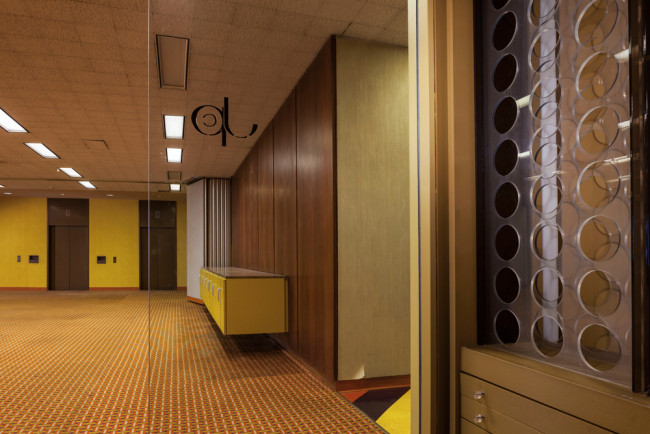
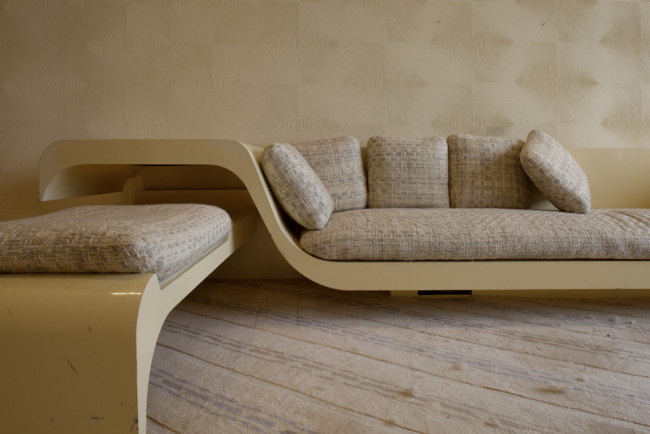
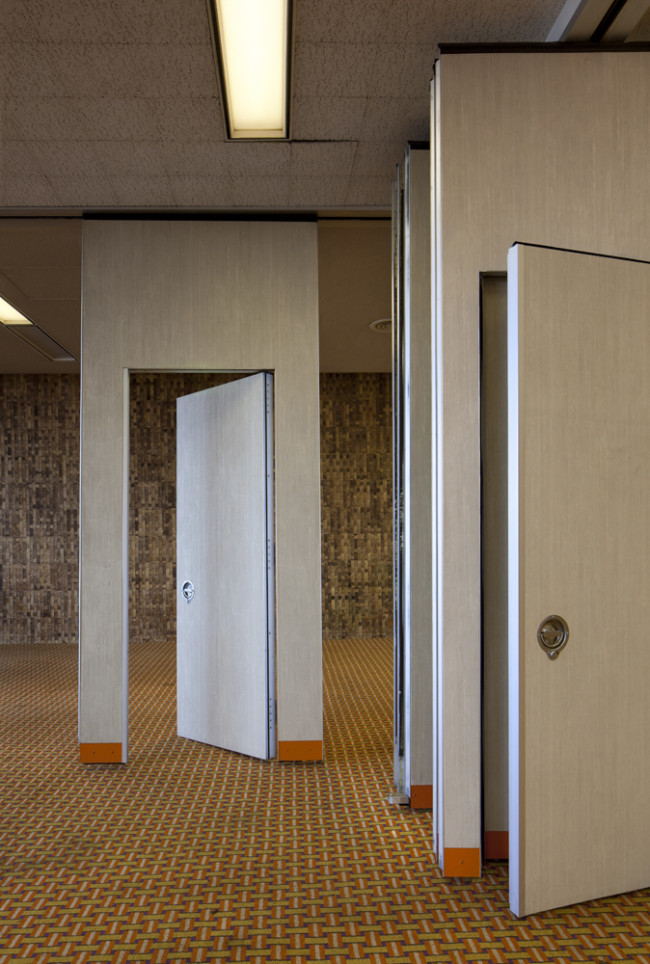
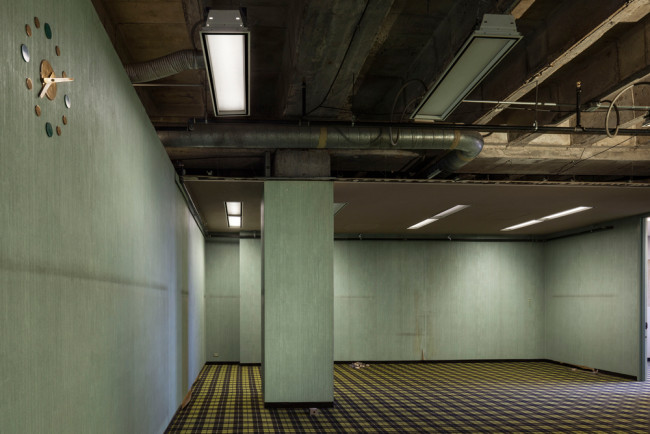

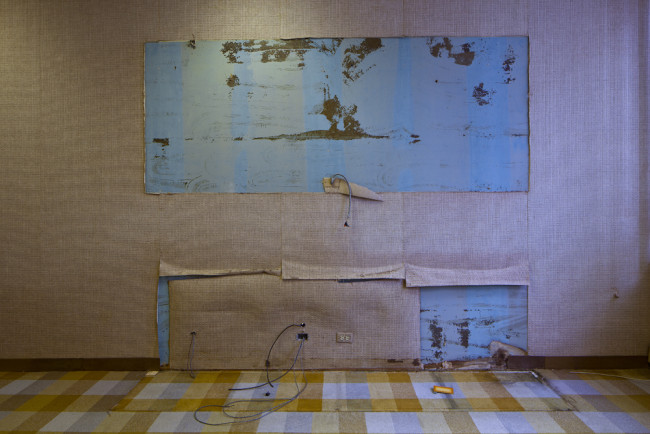

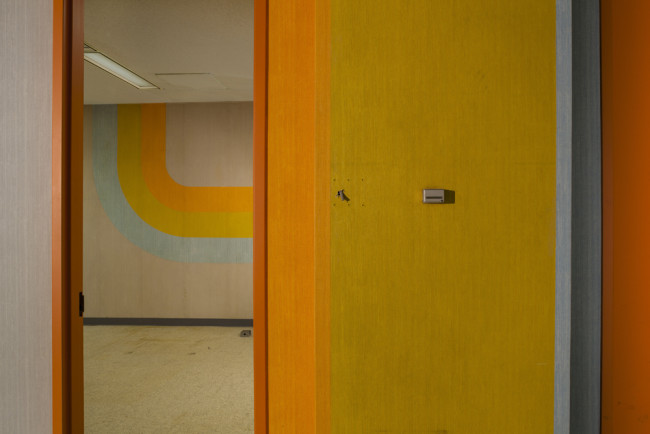
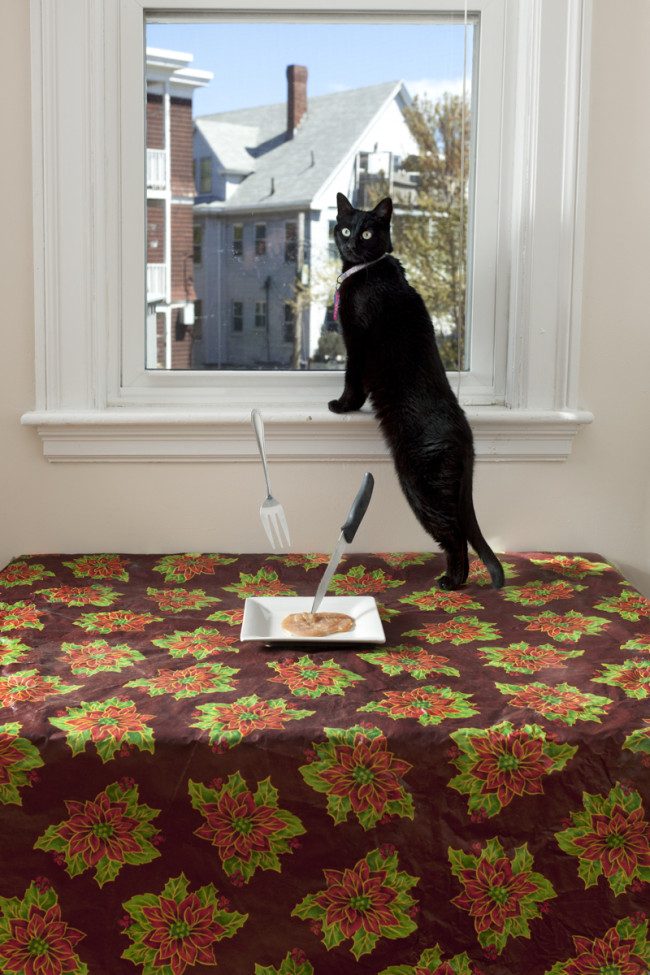

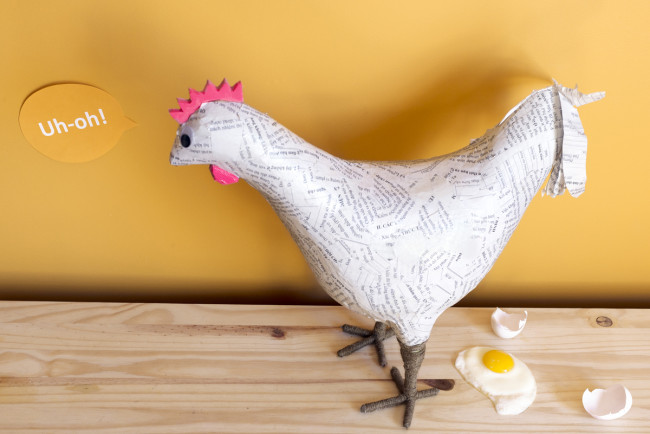

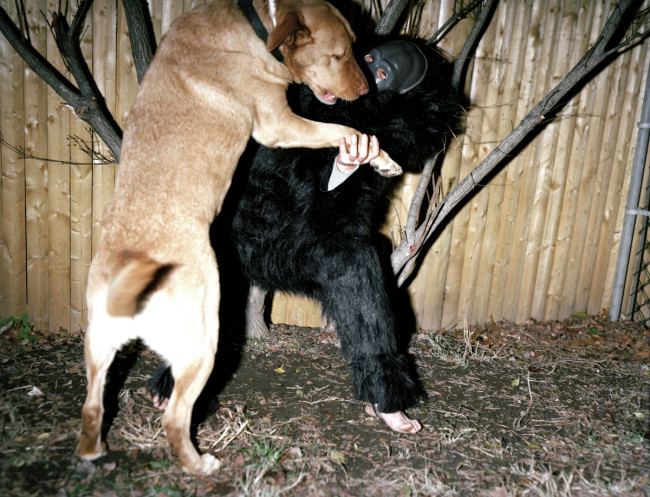

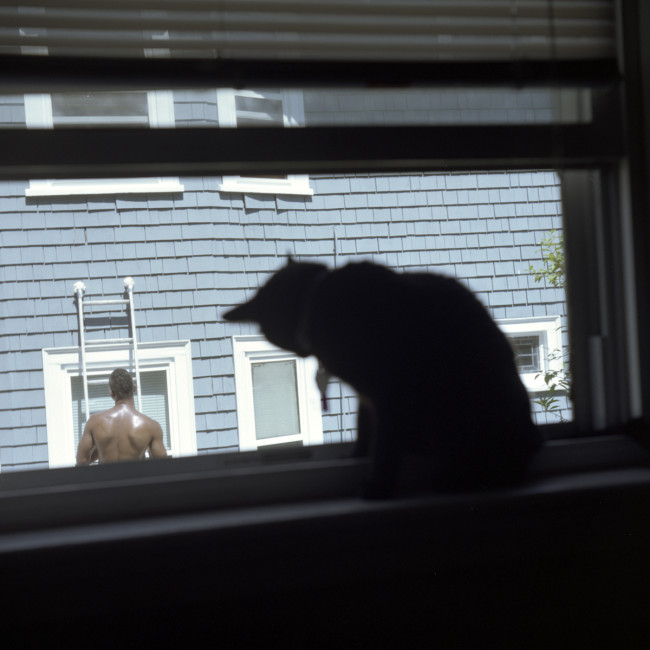
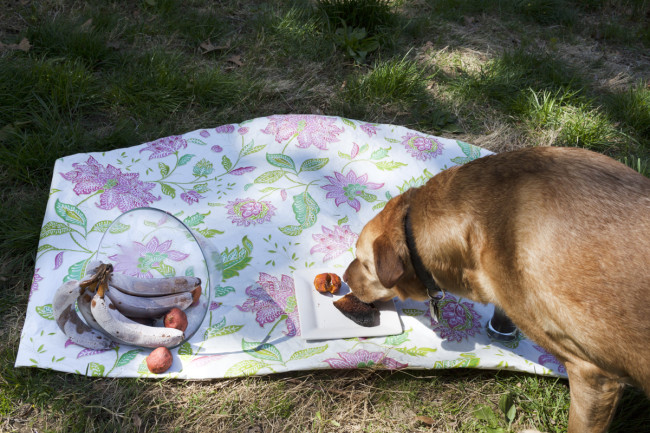
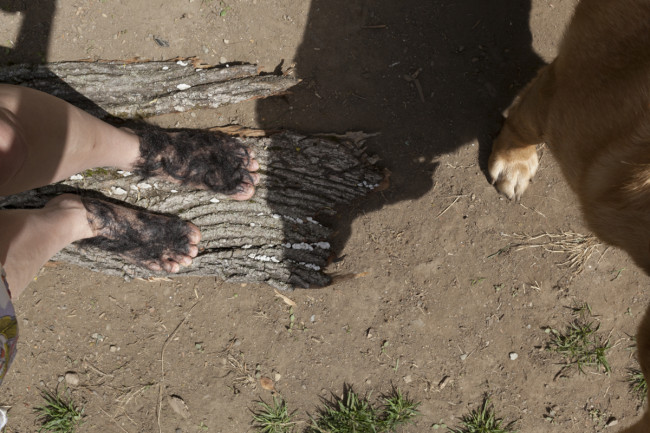
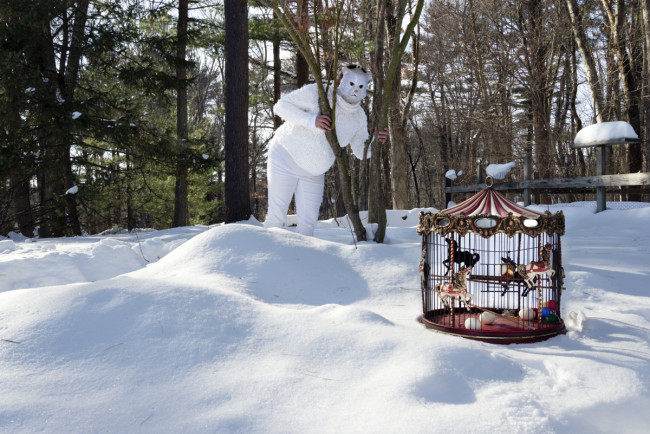


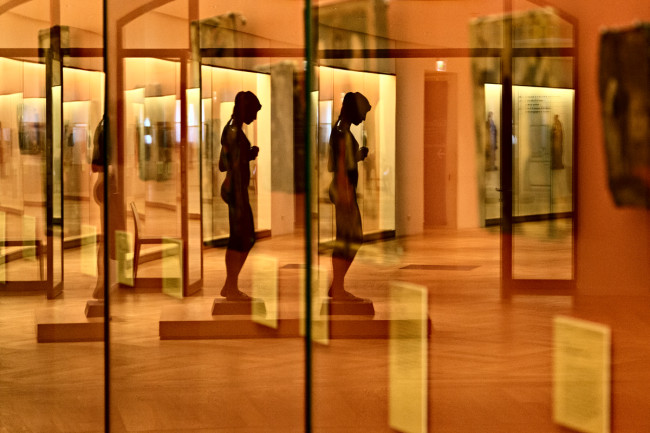

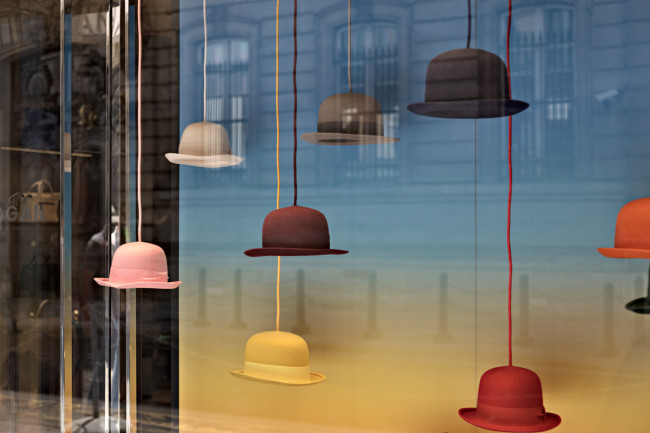
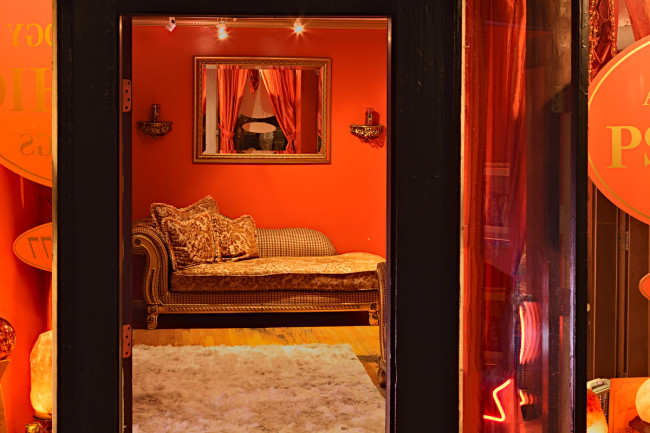
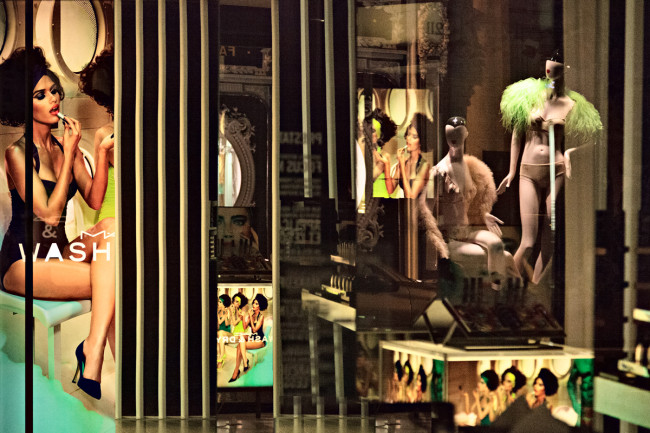
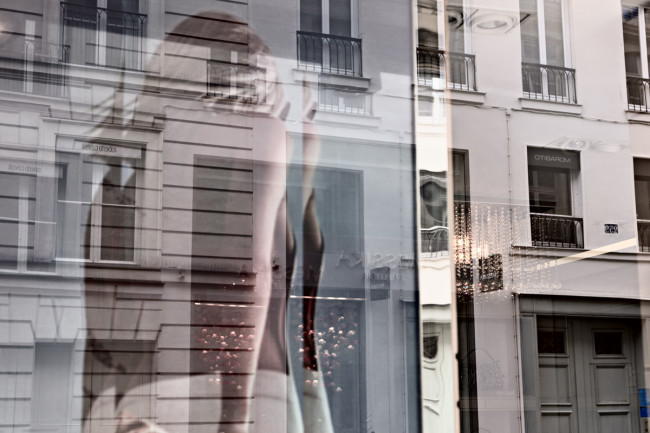

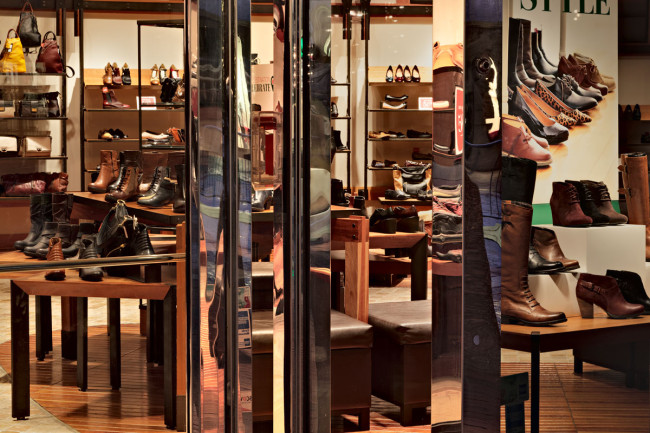
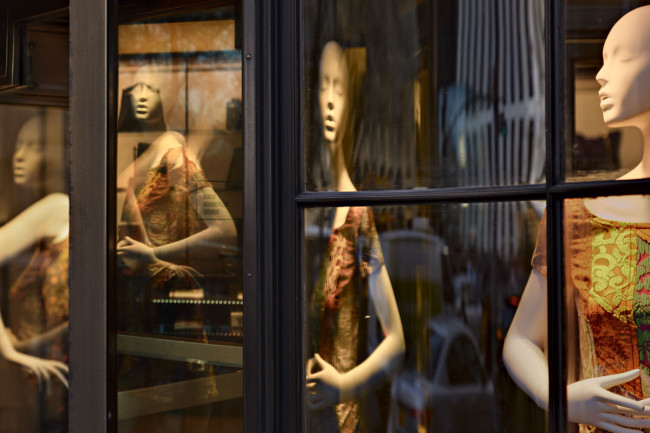
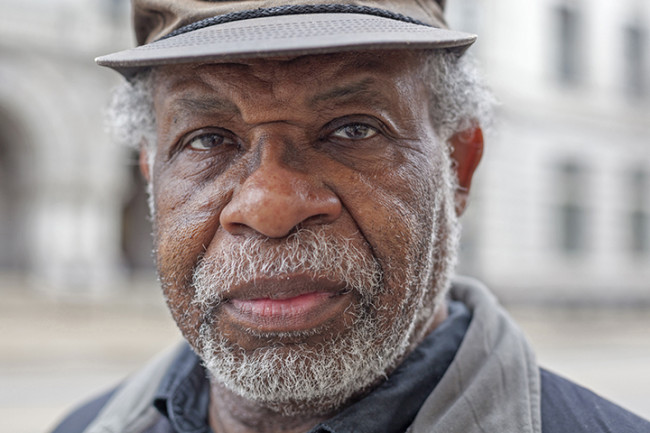

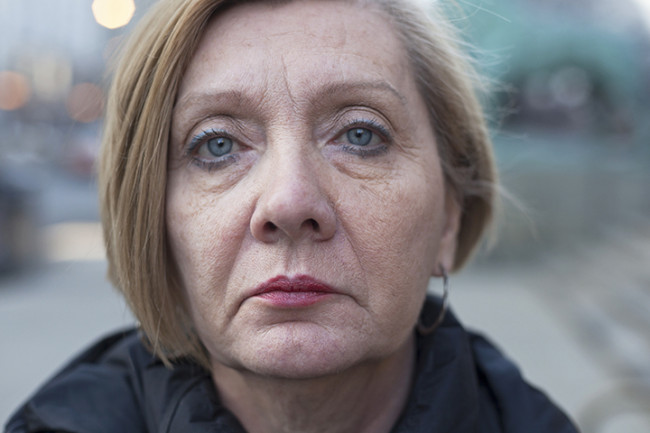
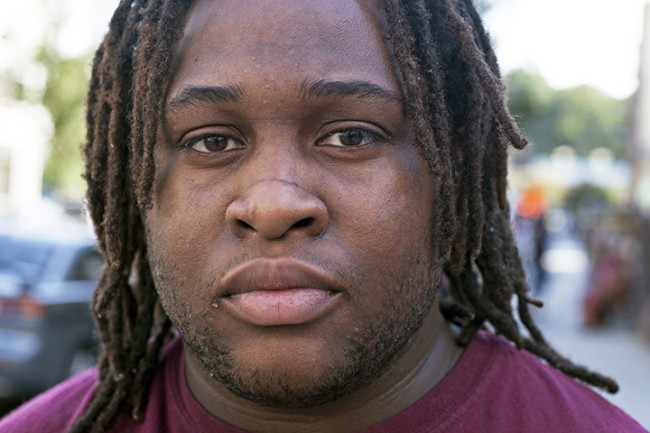
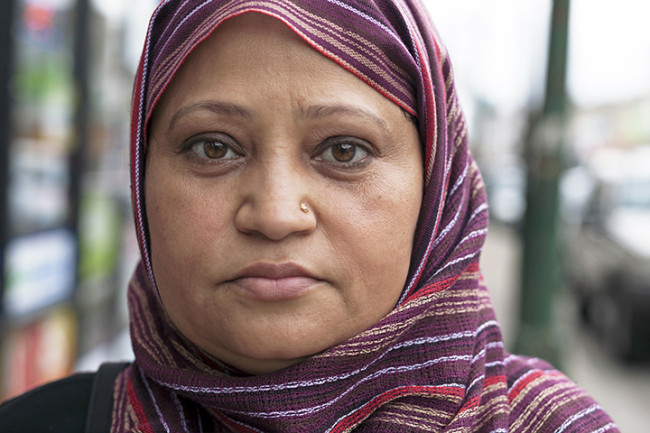
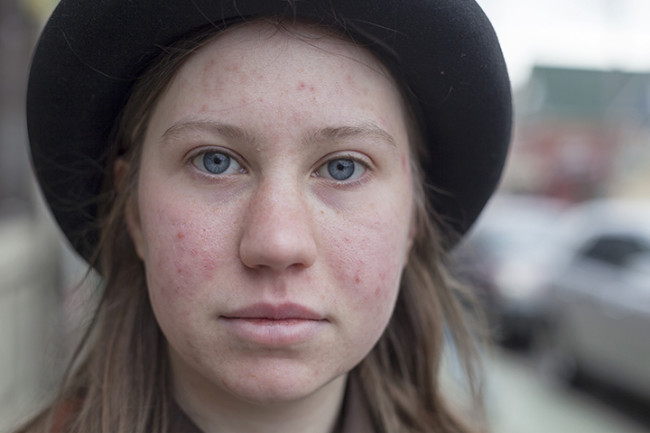

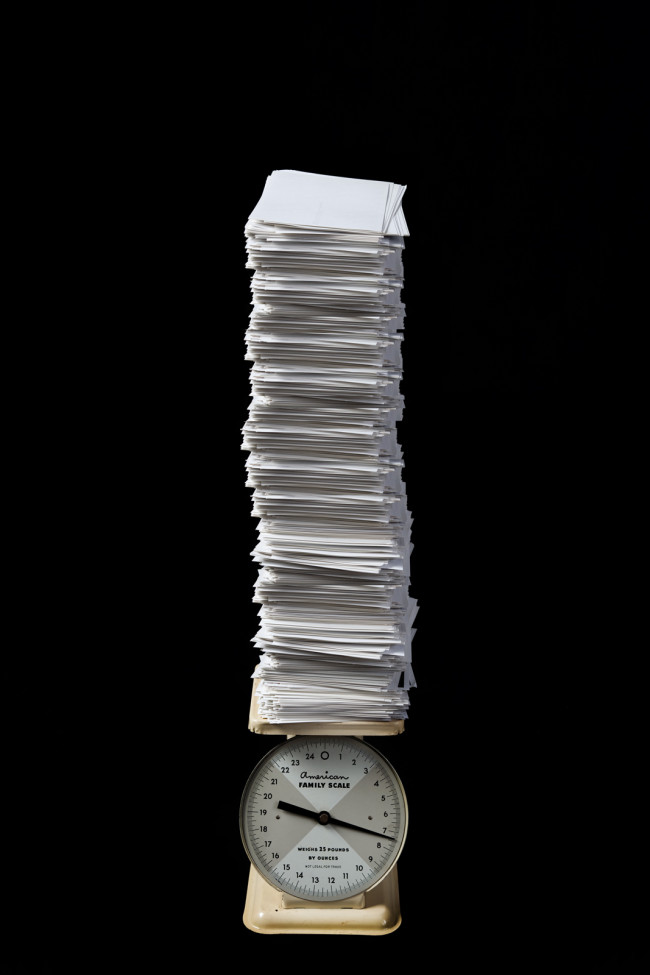
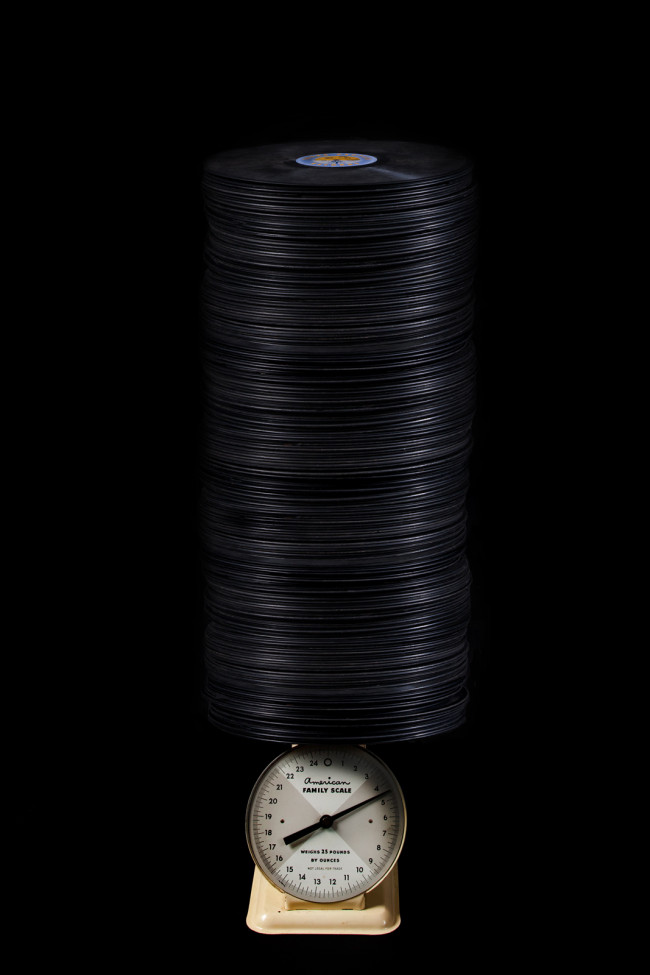

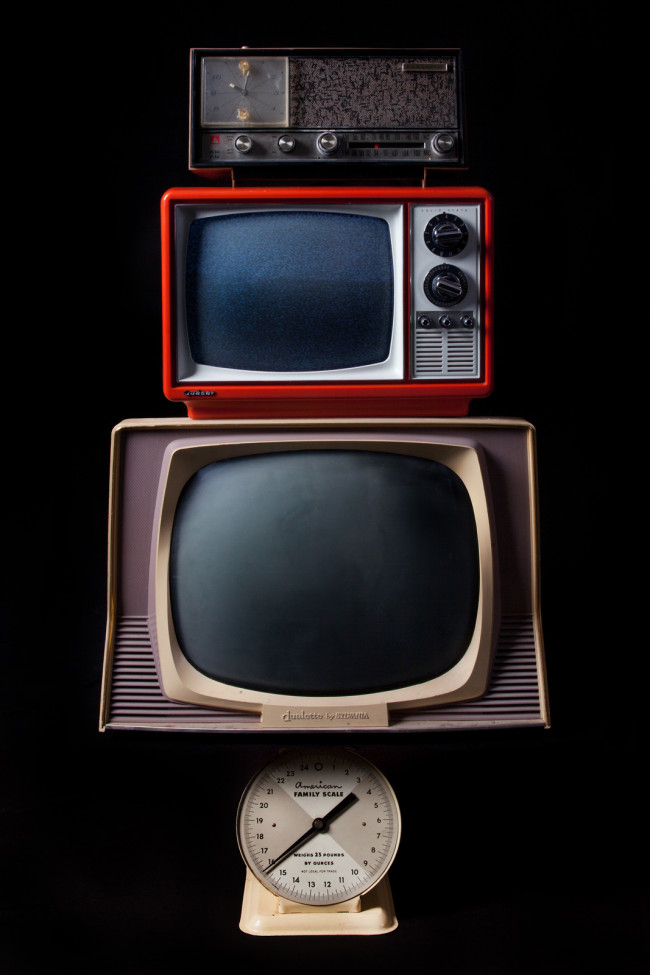


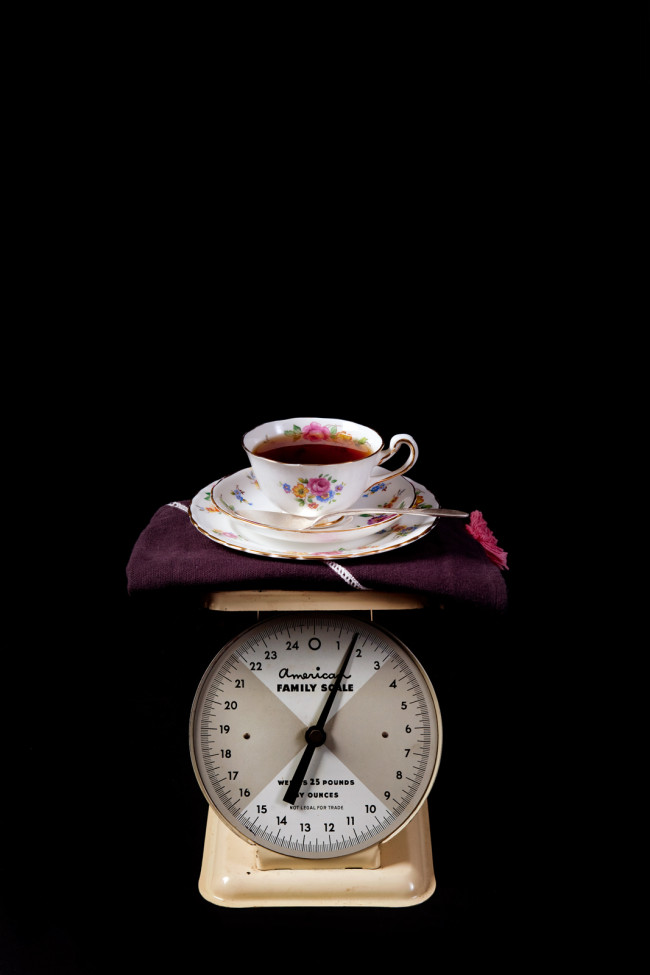
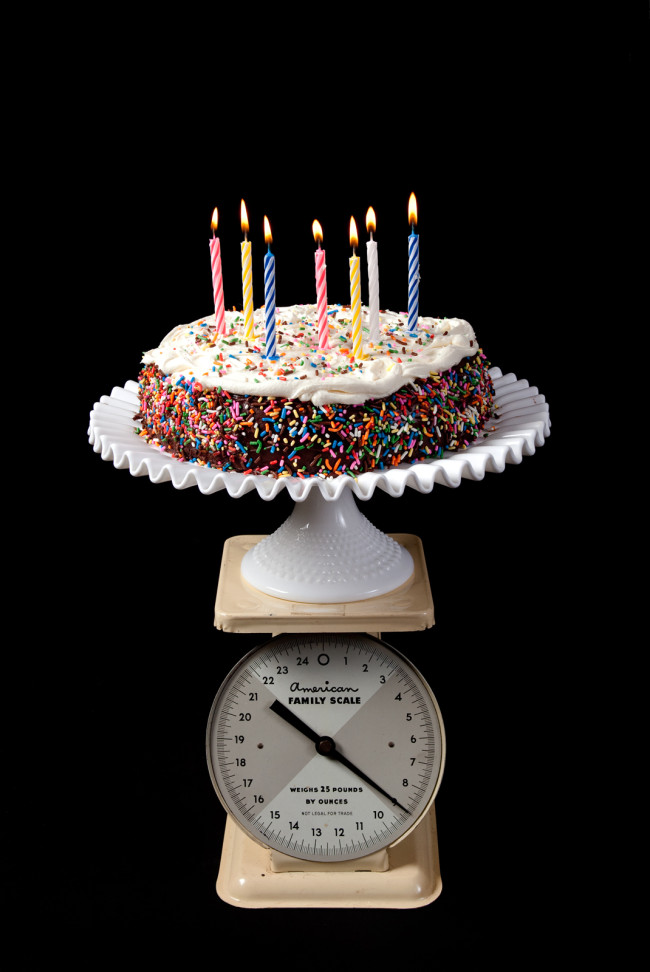


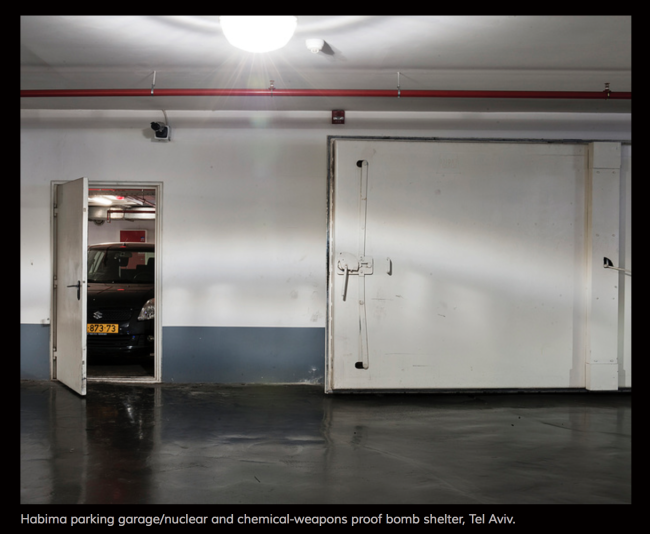

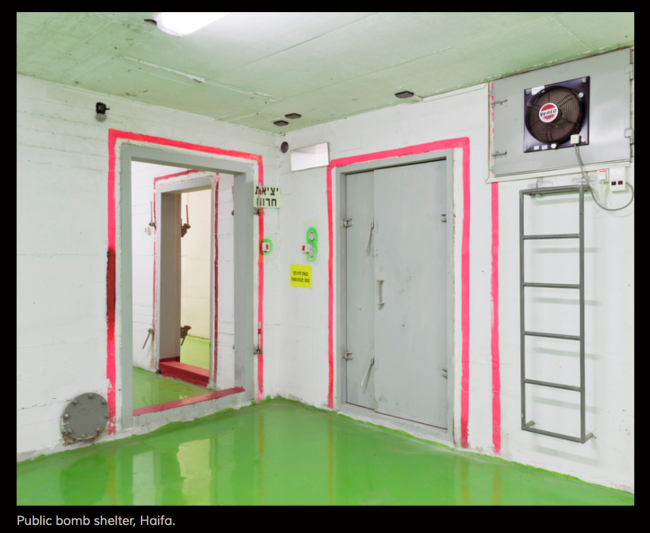
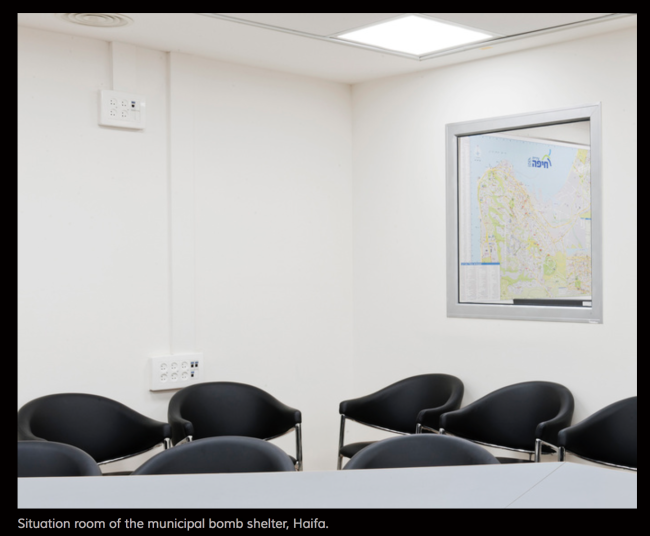

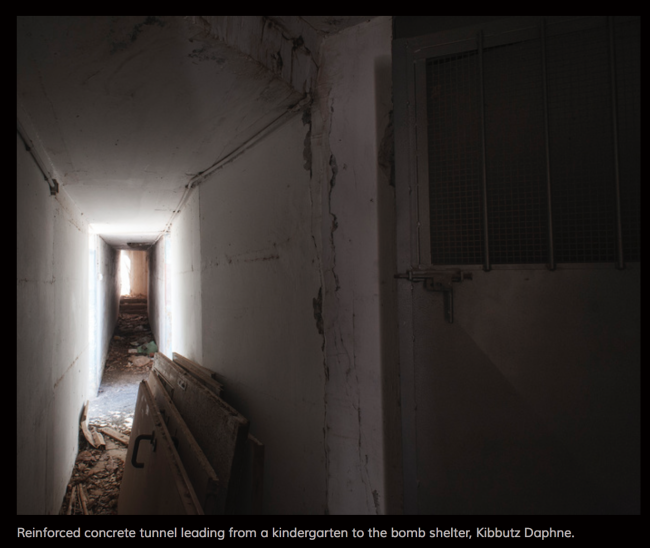
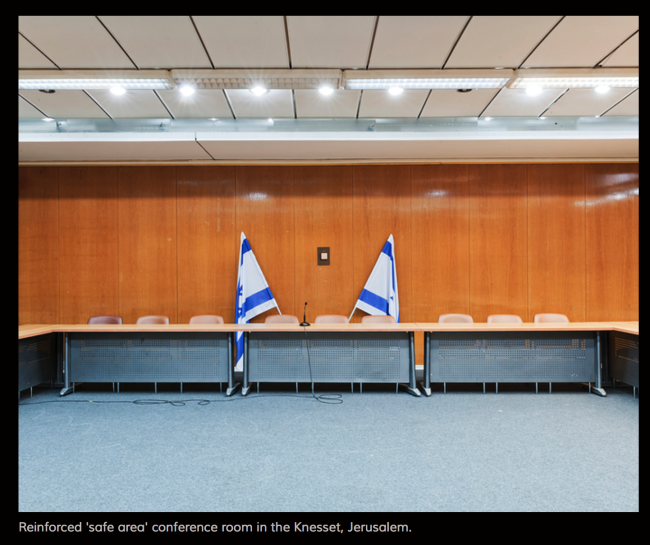
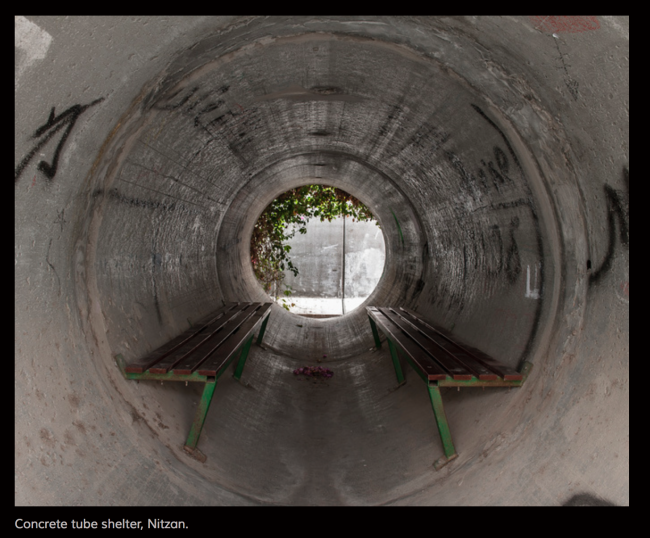
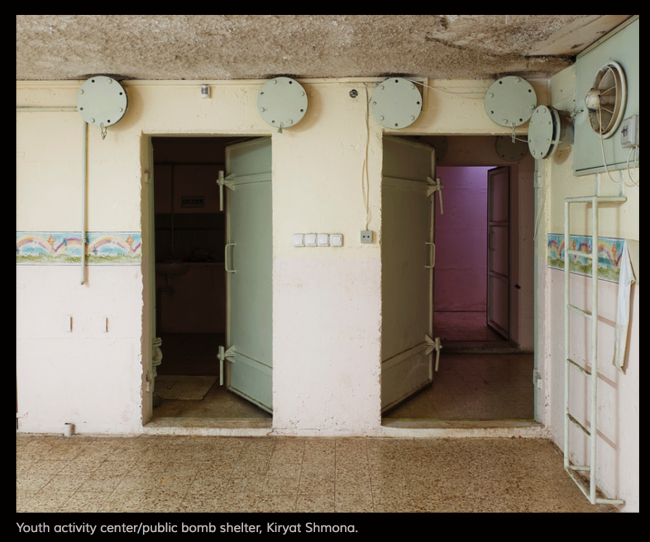
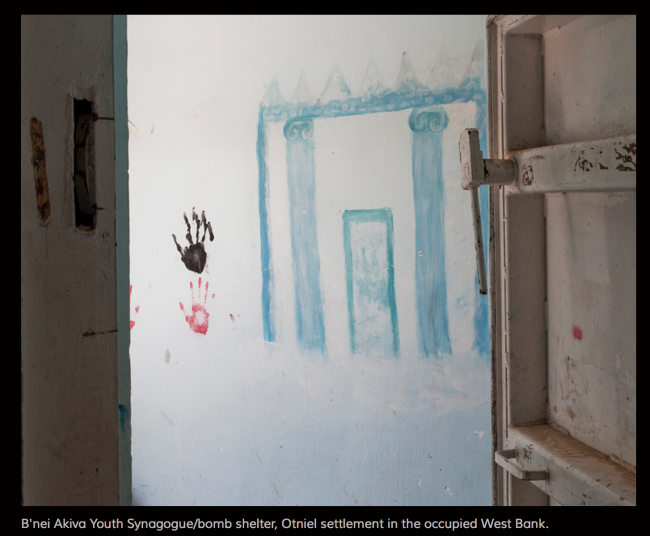
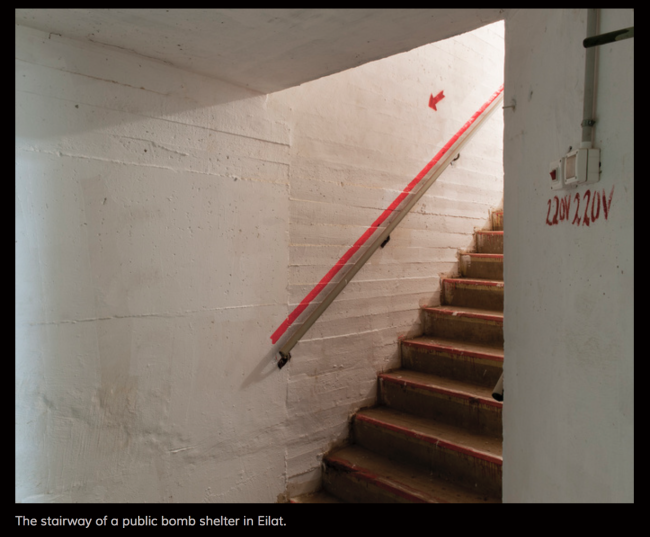
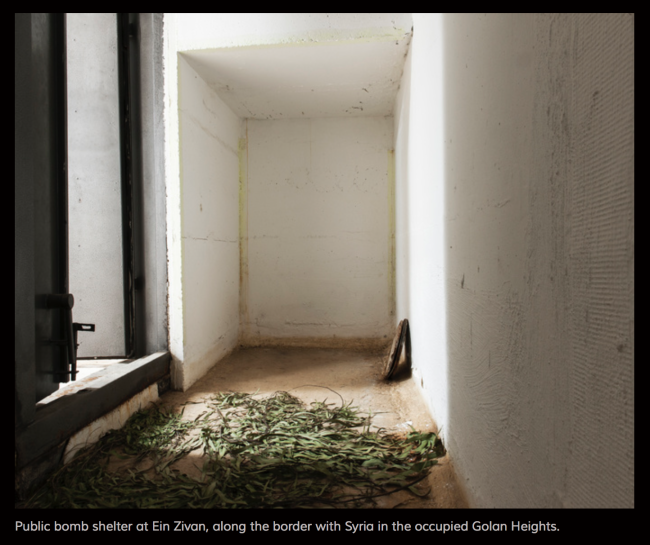
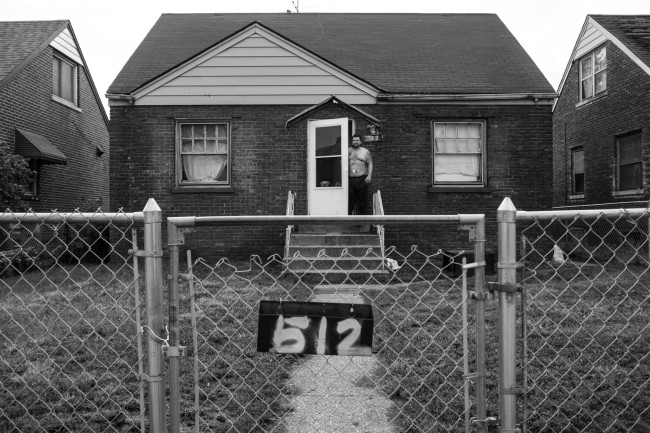
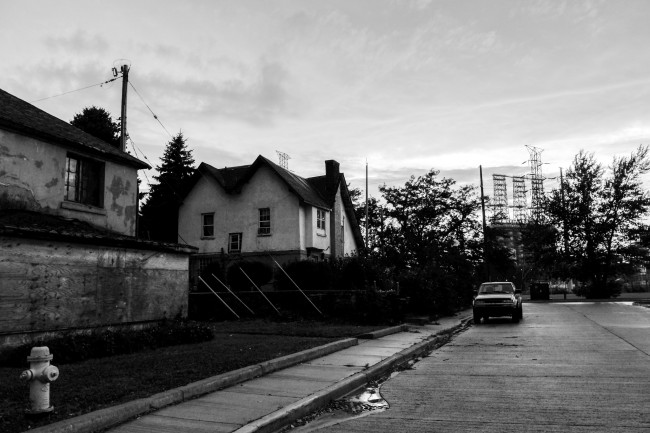
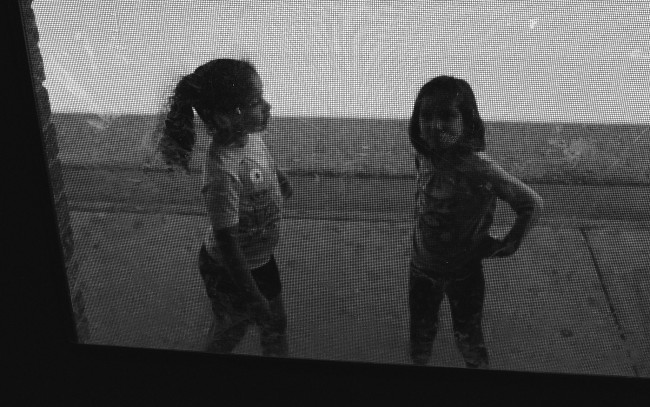

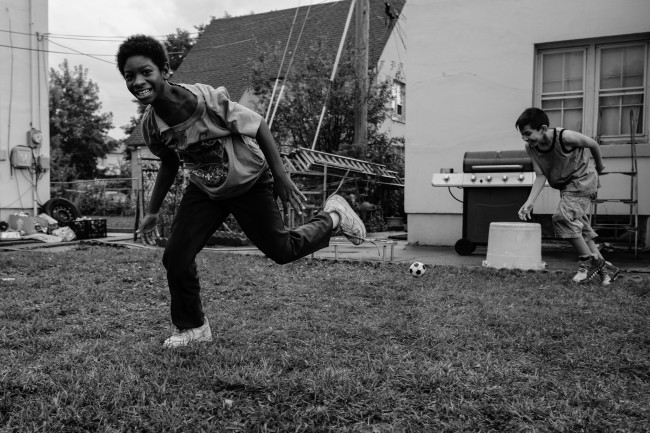
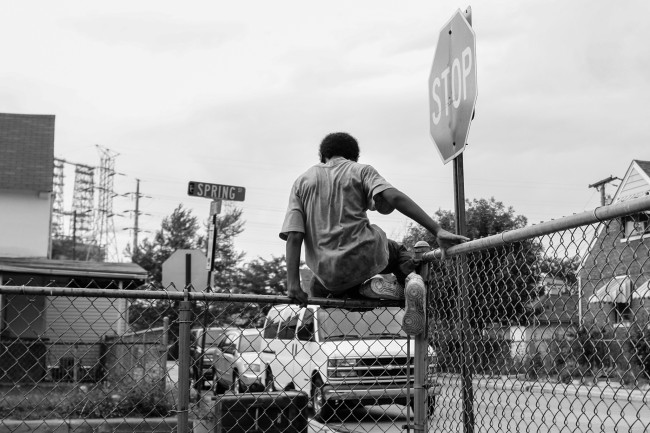
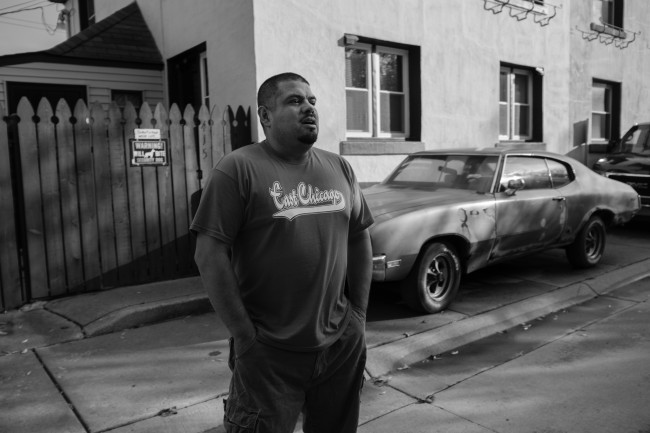
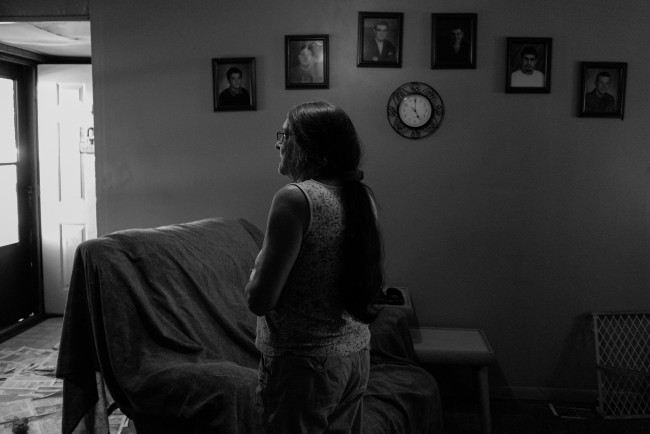


4 Comments
Really good article. And you end with the strongest work.
Thank you Angela.
Thank you, thank you Jonathan. I so appreciate your insights. Perhaps it’s “pretty” that offends you? For what greater meaning could there be than “beauty”? I see beauty in the symmetry Mr. Reynolds offers in his bomb shelter photos. Beauty in the decay that Ms. Horstmann portrays in her images. And that ’70s wallpaper! Warm and familiar – literally like home. Just beautiful! Thank you again. (If I met you in person, I’d probably be drawn to your beauty too. For now, I’ll have to relish the beauty of your words…)
Comments are closed for this article!